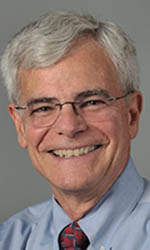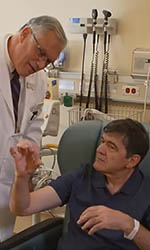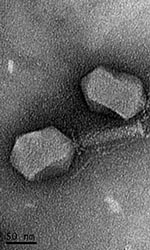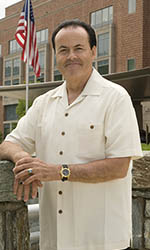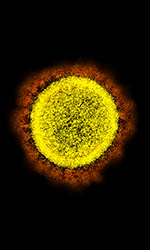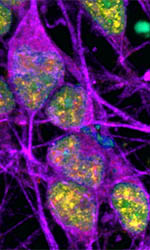
An Insider’s Guide to the Galaxy
The Challenges of Life in Outer Space
Seeking signs of ancient life, NASA’s Perseverance rover landed on Mars on February 18th, 2021. When might humans be able to visit the red planet? The answer is complicated, as Mark Shelhamer and Christopher Wanjek explained in their virtual Demystifying Medicine lecture on February 23rd.
This page was last updated on Monday, February 14, 2022

